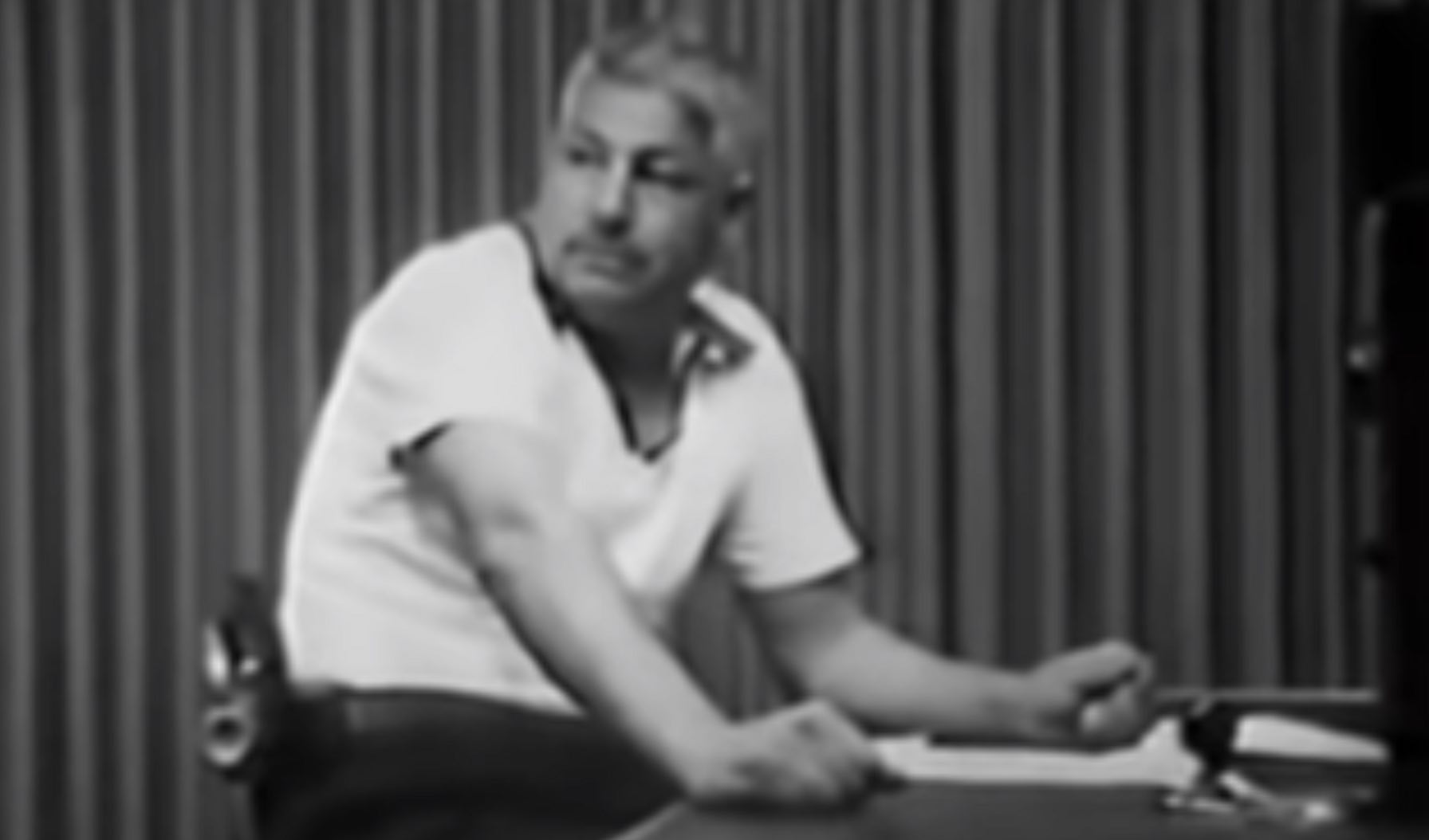The power of authority and obedience
Milgram's experiment
January 24, 2022 - 1016 words - 6 mins Found a typo? Edit me
Milgram was interested in researching how far people would go in obeying an instruction if it involved harming another person, and how easily people could be influenced into committing atrocities. Eg: Germans in WWII.
The experiment
During the 1960s, the psychologist Stanley Milgram conducted a series of obedience experiments directly related to the power of authority and obedience, even when they might end-up in fatal ending.
Milgran examined justifications for acts of genocide offered by those accused at the World War II, Nuremberg War Criminal trials. Their defence often was based on “obedience” - that they were just following orders from their superiors. Milgram came up with the experiment to answer this question:
Could it be that Eichmann and his million accomplices in the Holocaust were just following orders? Could we call them all accomplices?
The procedure
The selected participants for his experiment were by newspaper advertising to take part in a study of learning at Yale University; 40 men were recruited, and in exchange for their participation, each person was paid $4.50.
The participant was paired with another person and they drew lots to find out who would be the “learner” and who would be the “teacher”. The draw was fixed, so that the participant was always the teacher, and the learner was one of Milgram’s confederate (pretending to be a real participant).
The learner was taken into a room and had electrodes attached to his arms, and the teacher and researcher went into a room next door that contained an electric shock generator and a row of switches marked from 15 volts (slight shock) to 300 volts (severe shock) to 450 volts (XXX).

The learner gave mainly wrong answers (on purpose), and for each of these, the teacher had to give him an electric shock. When the teacher refused to administer a shock, the researcher gave a series of orders to ensure they continued:
- “Please continue.”
- “The experiment requires that you continue.”
- “It is absolutely essential that you continue.”
- “You have no other choice; you must go on.”
Results
65% of participants (teachers) continued to the highest level of 450 volts. All participants continued to 300 volts.
Milgram did more than just one experiment. He carried out 18 variations of this study. All he did was alter the situation to see how this affected obedience.
Conclusion
The simple explanation would be that it was something about them as people that caused them to obey, but a more realistic explanation is that the situation they were in caused them to behave in the way that they did.
Some of the aspects of the situation that may have influenced their behaviour included the location, the behaviour of the researcher and the fact that it was an experiment for which they had volunteered and been paid.
People tend to obey orders from other people if they recognise their authority. This response to legitimate authority is learned in a variety of situations, for example in the family, school, and work.
Milgrams’ agency theory
Milgram explained the behaviour of the participants by suggesting that people have two states of behaviour when they are in a social situation:
- The autonomous state: people direct their own actions, and they take responsibility for the results of those actions.
- The agentic state: people allow others to direct their actions and then pass off the responsibility for the consequences to the person giving the orders. They act as agents for another person’s will.
Two things must be in place for a person to enter the agentic state:
- The person giving the orders is perceived as legitimate for that.
- The person being ordered believe that the authority will accept responsibility for what happens.
For example, when participants were reminded that they had responsibility for their own actions, almost none of them were prepared to obey. In contrast, many participants who refused to go on did so if the researcher said that he would take responsibility.
Milgram experiment variations
Among many others, these are some of the variations:
Uniform
When the role of the researcher was taken over by an “ordinary person without a uniform” (always a confederate), the obedience dropped to 20%.
Change of location
Obedience dropped to 47.5% when the experiment was moved to a set of offices instead of the impressive Yale University.
Social support condition
Two other participants (confederates) were also teachers but refused to obey. One at 150 volts, and the other at 210 volts. The presence of others who are seen to disobey the authority figure reduces the level of obedience to 10%.
Absent experimenter condition
When the researcher instructed and prompted the teacher by telephone from another room, obedience fell to 20.5%. Many participants cheated and missed out shocks or gave less voltage than ordered. The proximity of authority figure affects obedience.
The moral questions Milgram raised
Why did so many of the participants in this experiment perform a seemingly sadistic act when instructed by an authority figure? According to Milgram, there are some situational factors that can explain such high levels of obedience:
- The physical presence of an authority figure increased compliance.
- The fact that Yale (a trusted academic institution) sponsored the study led many participants to believe that the experiment must be safe.
- The selection of teacher and learner status seemed random.
- Participants assumed that the researcher was a competent expert.
- The shocks were said to be painful, not dangerous.
Milgram’s experiment has become a classic in psychology, demonstrating the dangers of obedience. The research suggested that situational variables have a stronger sway than personality factors in determining obedience.
Often it is not so much the kind of person a man is as the kind of situation in which he finds himself that determines how he will act.
Stanley Milgram, 1974.
